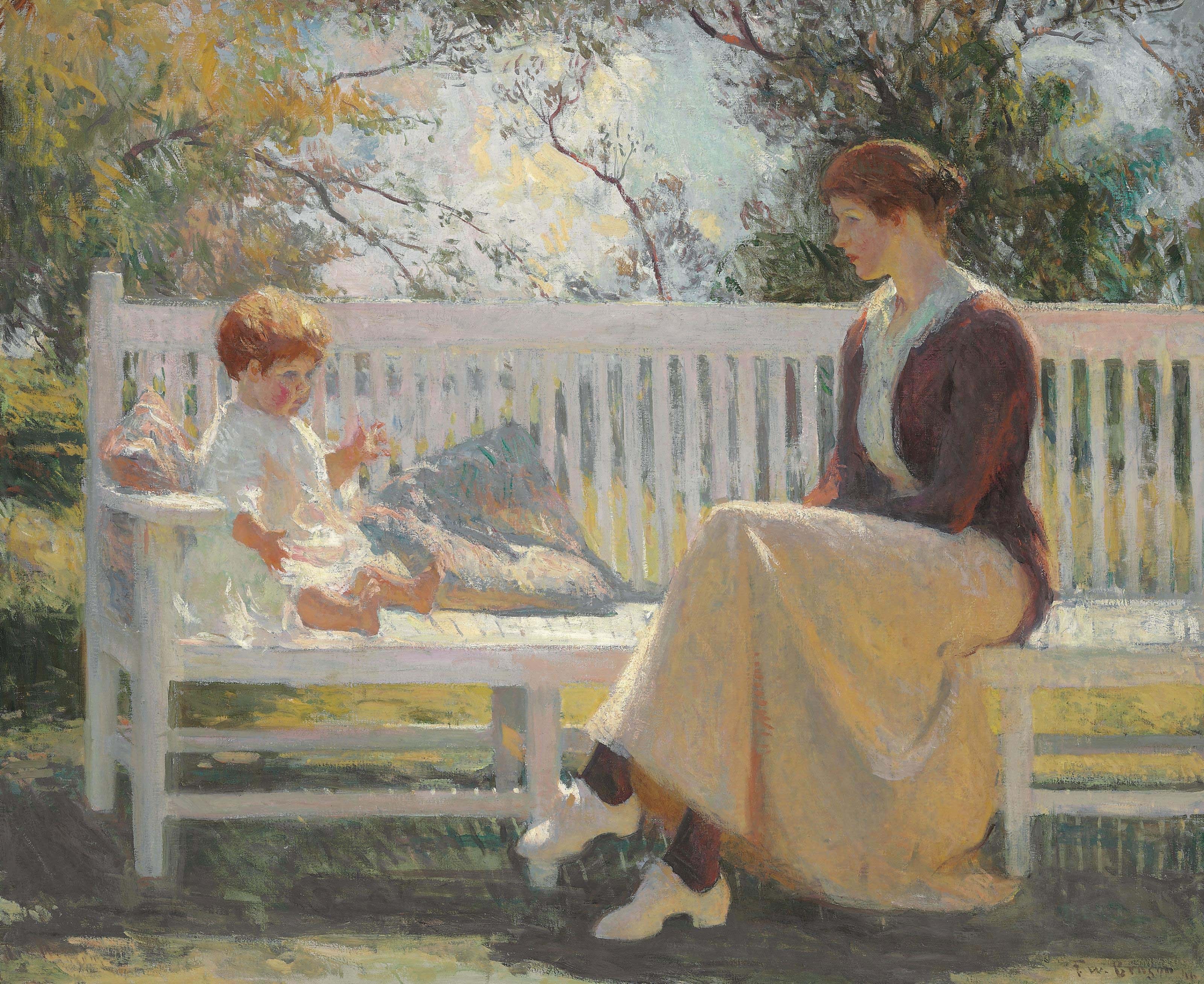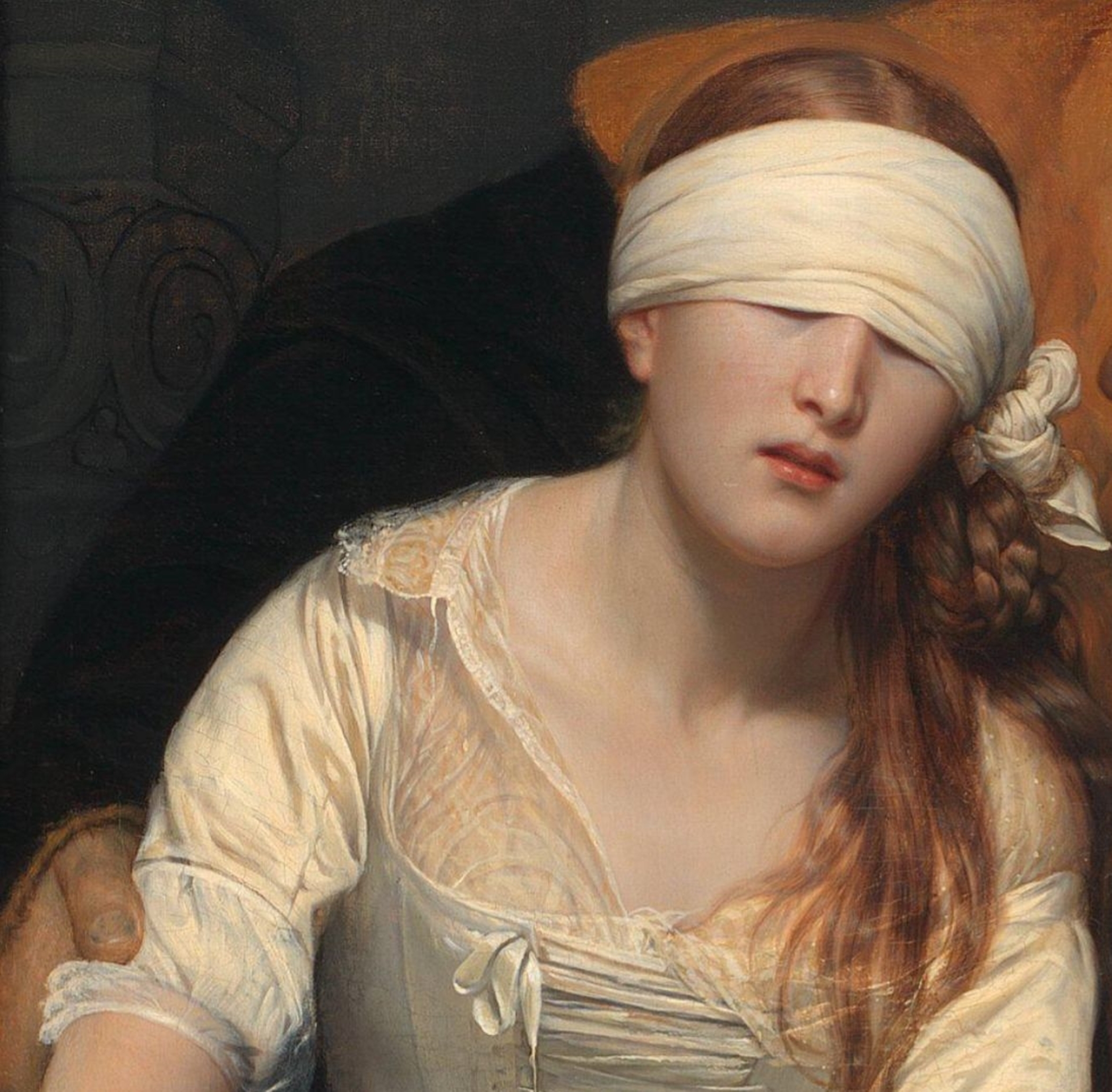When forty winters shall beseige thy brow | Sonnet II
When forty winters shall beseige thy brow,
And dig deep trenches in thy beauty's field,
Thy youth's proud livery, so gazed on now,
Will be a tatter'd weed, of small worth held:
Then being ask'd where all thy beauty lies,
Where all the treasure of thy lusty days,
To say, within thine own deep-sunken eyes,
Were an all-eating shame and thriftless praise.
 |
| Frank Benson | Eleanor and Benny, 1916 |







